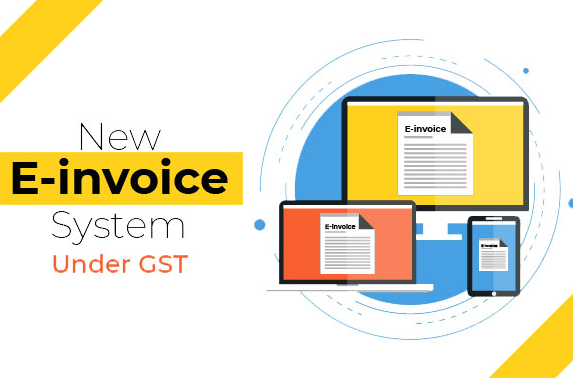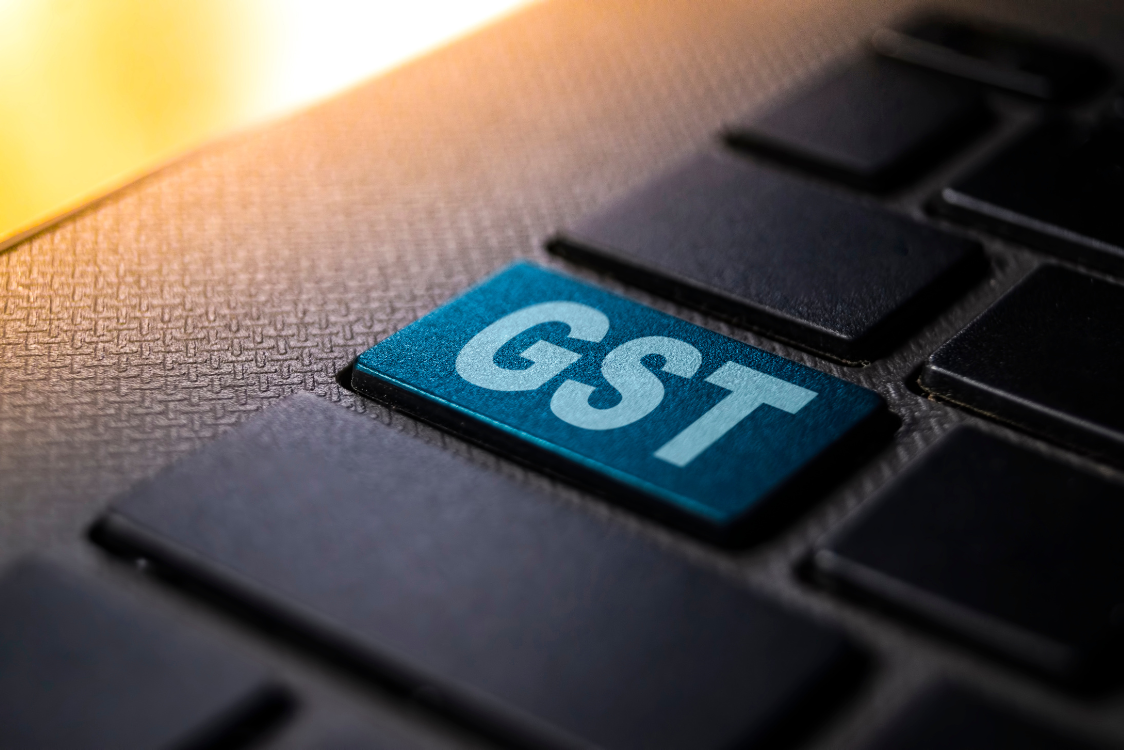
Remember the piece of paper that every shopkeeper (okay, most of them) used to give us after we pay them for the things that we purchased? Yes, that’s a list of the items that we purchased explaining the price and the amount of tax that we paid on it – we ended up naming it ‘Invoice’ after we grew up!
Simply put, an invoice is an official paper that lists the goods or services that you have received and says how much you have to pay for them. With the advent of technology and the necessity to reduce human interference – things quickly started to take a virtual form and how could invoicing be made to stay behind?
Similarly, an e-invoice, or electronic invoice, is a digital document that is exchanged between a supplier and a buyer and validated by the government tax authorities so that it becomes part of the taxation network or chain.
Under GST terminology, e-Invoicing is a system in which B2B invoices are authenticated electronically by GSTN for further use on the common GST portal. Under the electronic invoicing system, an identification number will be issued against every invoice by the Invoice Registration Portal (IRP) to be managed by the GST Network (GSTN). E-invoicing is the system where Business-to-Business (B2B) invoices are digitally prepared in an e-invoicing format and authenticated by the Goods and Services Tax Network (GSTN). This system will ensure that a mutually agreeable format is followed by all registered businesses before uploading invoices to the common portal.
The government initially had shared a draft of an e-invoice for public view, and the GST council later modified it to enable it to comply according to their regulations. The standard format makes it easier for vendors to comply, and interoperability between GST ecosystems is ensured owing to its mass acceptance across the entire ecosystem.
An invoice generated by the seller can be prepared and reported in two different methods – through the main GST Portal and the e-Way Bill portal. The benefits of incorporating a standard invoicing system primarily due to the reason that following a standard format allows invoices to be shared easily. Also since invoices can be interpreted by the GST portal, fields are pre-populated while filing returns, thus leaving no scope for any discrepancy at the time of data entry and subsequent reconciliation.
E-invoicing under GST has two sub-parts – communication between the registration portal & businesses, and interactions between the IRP, the portal and the buyer. Taxpayers continue to generate invoices like they normally do, but now they shall do the same electronically. They have to follow the e-invoicing schema and submit mandatory details as required by the portal post which a .json file is created to be uploaded subsequently to the portal.
The government’s tax portal is not responsible for generating the e-invoice. Rather, it shall be created with the help of the seller’s accounting/billing software and their respective ERP systems frequently used by them. The portal is tasked with receiving, validating, and digitally signing the invoices uploaded by the seller.
Now with e-invoicing gaining mass traction, tax authorities can now access a complete trail of B2B invoices from taxpayers since they will be uploaded in the main GST portal. Because invoices are created before any actual transaction takes place, any opportunity to manipulate the invoices shall drastically reduce. The system can readily identify fake invoices by matching the input tax credit to output tax on the GSTN portal, thus preventing tax evasion.
The companies are switching to hybrid working model at a unprecedented pace and shall be required to switch over to e-invoicing. The office-based support from the team towards manual processing of the incoming invoices is sent through email or post. But the remote team does not get satisfied with this purpose as every employee is working from distinct locations. Here’s where the GST e-invoice plays an important role in ensuring the rapid transition to a method that is technologically seamless and comparatively error-free.
E-invoicing as a modern tool is quite helpful with data reconciliation and accuracy during manual data entry. It allows interoperability across businesses and one can track the e-invoices in real-time. The e-invoice details are auto-populated on tax returns and e-way bills, thus making the entire return filing process lucid and smooth.
Digital accounting had only made the process easier in filing taxes and is free from any errors. With now invoicing also being converted digitally, taxation has specifically witnessed a massive transformation. E-invoices assist the companies in monitoring the businesses in their sales and maintaining the records of their finances seamlessly, free from any fraud or error.
All transaction details will be available online at all times, thus eliminating the need for frequent audits and rechecking. Differences in data can readily be identified by comparing the input credit tax availed and output tax payable. E-invoicing shall also build efficiency within the tax administration by helping to identify fake invoices.
The GST officials have been massively successful in providing the businesses with a robust infrastructure and well-rounded system through which it will become mandatory for all registered users to generate e-invoices for every sale on the GST portal. The system shall only apply to those whose turnover threshold is above the determined limit that the government will set as a threshold for them. Businesses that will fall under a certain threshold will be given a unique identification number whenever an e-invoice gets generated. The businesses can match this number with the invoices which are written in the sales return and paid GST accordingly.
The Central Board of Indirect Taxes and Customs (CBIC), the apex body of indirect taxes in India has clarified that physical invoices are not required to be carried when an e-invoice has been provided. But, it has been suggested that carrying a physical copy of the invoice is essential at the time of transporting of goods in the case where supplier has provided the invoices under GST.
However, e-invoicing comes with its set of unique challenges as well. For instance, if the invoice is found to be not registered on the portal, such an invoice will not be considered as a valid tax invoice and hence a penalty will be incurred for non-compliance. Transportation of goods without a valid tax invoice can also be a reason for detention of goods and vehicles, leading to fines being levied. Also, customers may deny to accept or to pay for goods if a valid tax invoice is not available since this affects the receiver’s eligibility to receive ITC benefits against his own GST liability.
Thus, e-invoicing is a novel introduction set to revolutionize the way India trades and conducts business.


